China plans to initiate the three-dimensional solar exploration project as the solar probing satellite Xihe-2 has entered the demonstration stage, which is significant to the research on the basic physics of the sun and the forecast on potentially disastrous space weather events.
If the solar probing satellite Xihe-2 can be launched successfully, it will be the world's first satellite that can operate stably at the Sun-Earth Lagrange L5 point, an all-direction observation point for solar probe, Fang Cheng, academician from the Chinese Academy of Sciences (CAS), revealed on Thursday during the ongoing 10th CSA-IAA Conference on advanced Space Technology held in Shanghai from Wednesday to Saturday.
The Xihe-2 project jointly proposed by Nanjing University, China Meteorological Administration and Shanghai Academy of Spaceflight Technology is currently in the feasibility study phase. The satellite is scheduled to be launched into orbit in 2026 in the preliminary plan which expects to initiate China's three-dimensional solar exploration era.
According to Fang, Xihe-2 solar probing satellite can observe the sun from various angles due to the unique characteristics of the Sun-Earth Lagrange L5 point, which has remained unexplored in international solar probing projects. Conducting solar exploration at this location holds significant importance in scientific researches and has been proved to be technically feasible.
Feng also noted that by combining near-Earth observations, a three-dimensional reconstruction of solar activity phenomena can be achieved at the Sun-Earth Lagrange point L5. This provides crucial information for uncovering the physical mechanisms behind solar eruptions. It can assist in detecting solar activity that Earth is likely to face four to five days in advance and tracking solar eruptions in real-time, representing a revolutionary breakthrough in space weather forecasting.
China successfully launched its first solar exploration scientific and technological experimental satellite Xihe on October 14, 2021, marking China's formal entry into the era of solar exploration in space.
The satellite set five "world's firsts" which are of great significance to solar exploration missions and boosted China's influence in the field of space science.
The progress of the Xihe-2 solar exploration project at the Sun-Earth Lagrange point L5 has been closely monitored since the launch of the Xihe satellite.
Meanwhile, the lunar landing phase mission of China's crewed lunar exploration project has initiated, marking the commencement of the exploration of the lunar subsurface world, scientists revealed during the 10th CSA-IAA Conference on Advanced Space Technology.
Zhang Chongfeng, a scientist from Shanghai Academy of Spaceflight Technology, shared the possibility of using the lunar lava tubes, also known as lunar underground tunnels or caves, to build lunar scientific research stations.
Lava tubes beneath the surface of the moon could be large enough to hold entire cities and skyscrapers, according to a new study, media reported.









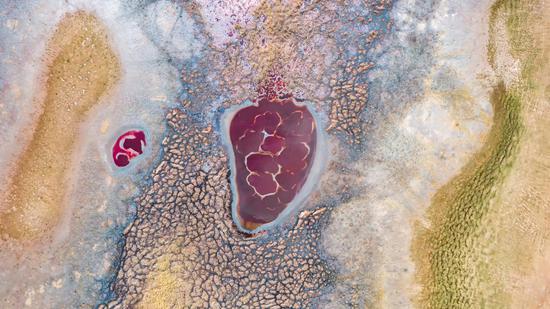


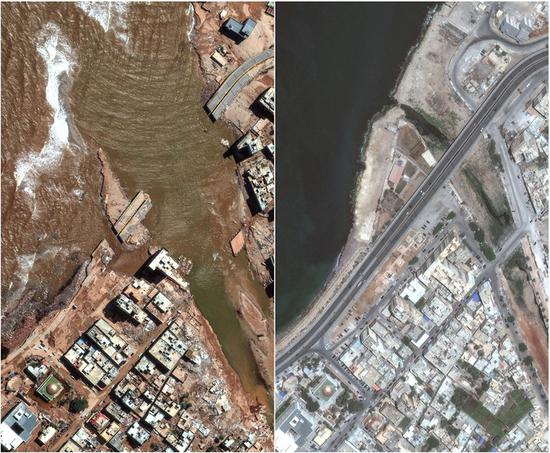

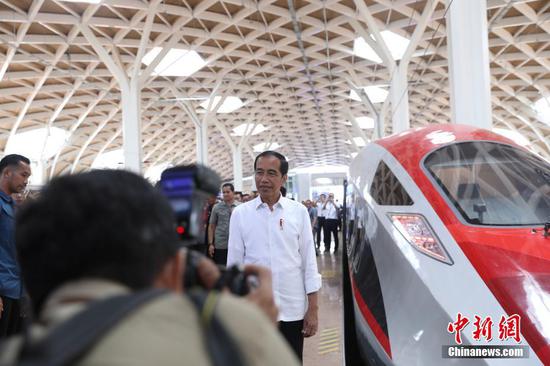


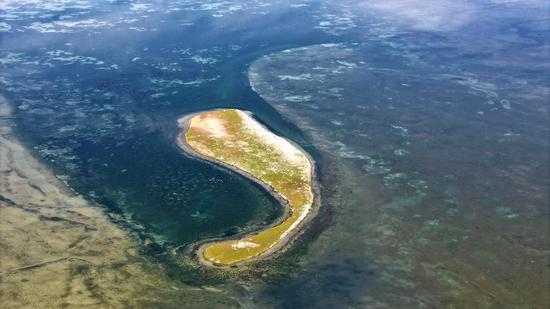











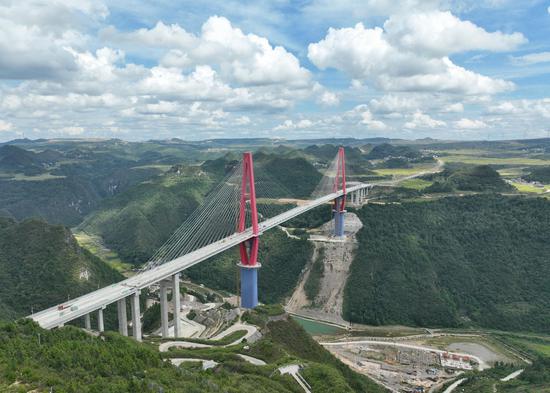

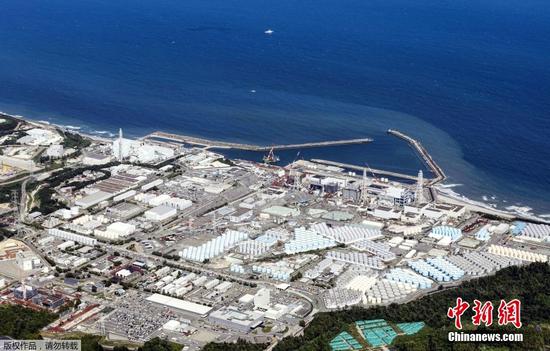


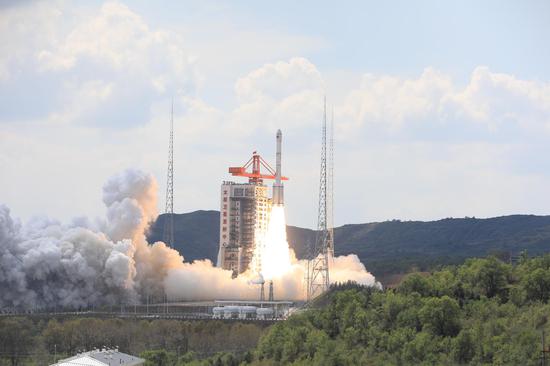















 京公網(wǎng)安備 11010202009201號(hào)
京公網(wǎng)安備 11010202009201號(hào)